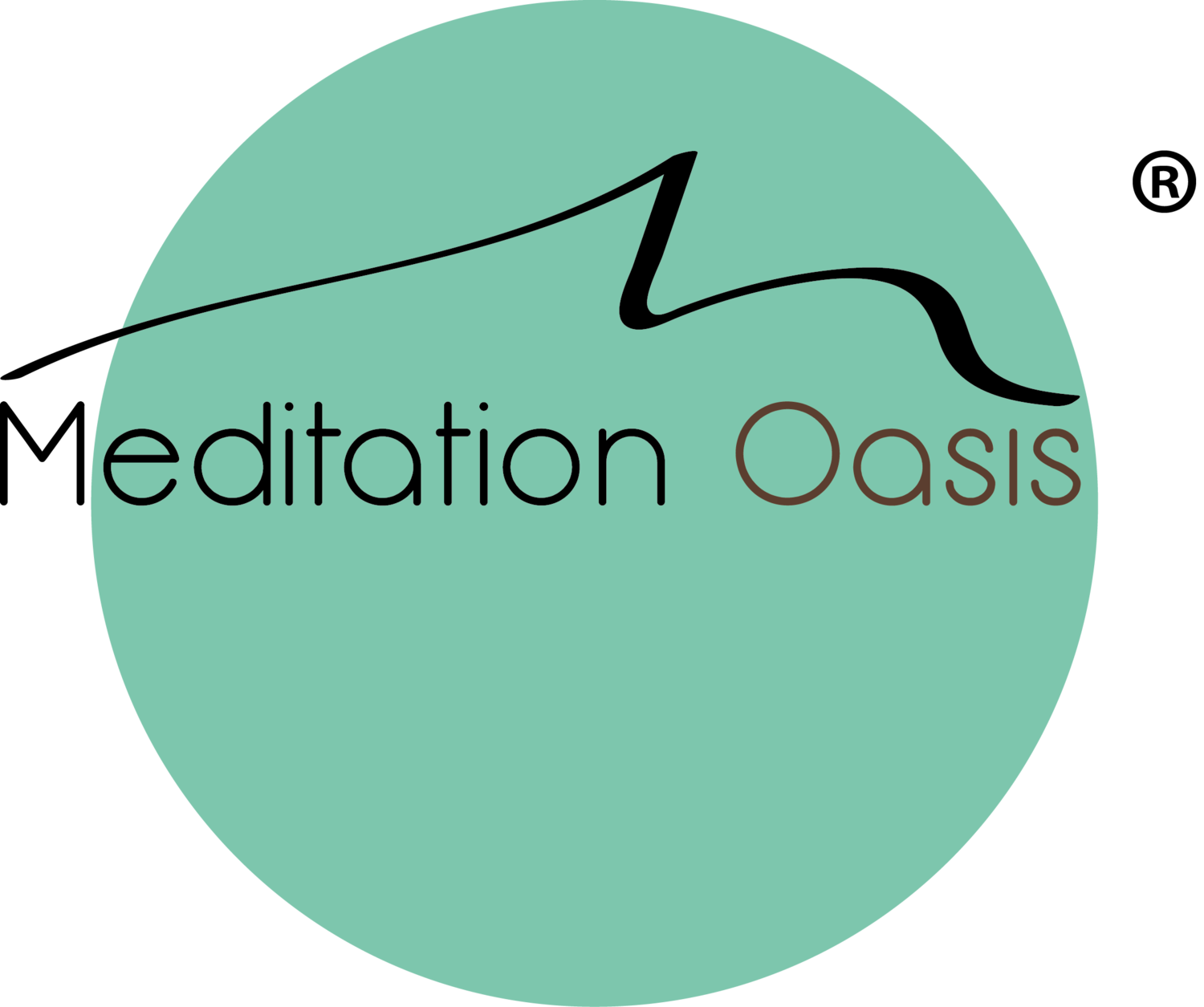I've had a lot of questions about spontaneous body movements in meditation. People report shaking, the head moving, twitches and all sorts of other body movements. When these movements occur, it can be surprising and sometimes people feel concerned about them or want to know if they have any significance. Regardless of what kind of movements you have and what you are experiencing before they happen and as they are occurring, body movements that come up in meditation are the primarily the result of two things: 1) release of tension from the deep relaxation of meditation; and 2) increased flow of energy in your body's "energy field" (or "aura") which starts to move "blocks". In a sense these could be thought of as the same thing, but each explanation has a value in understanding your experience.
- Release of tension. This is quite obvious. When the body becomes deeply relaxed in meditation, muscles start to relax. Usually this would be felt as twitches and small movements such as your thumb jumping, but it could also be a larger movement -- your head might suddenly turn.
- Increased flow of energy in the energy field moving through blocks. This is a more esoteric explanation, but you may actually feel the movement as being associated with "energy" (see some of the comments on the Sensing Energy during Meditation post). In this case, deep meditation is opening up some energy pathways and as more energy starts to flow it can hit up against blocks. As the energy dissolves the blocks, the body may spontaneously shake or twist and turn since everything that happens in our energy field is reflected in the body. (Read about the Human Energy Field.)
The question then is, what should I do about this? There's really nothing you need to do unless the movements are too strong or disturbing you in some way. If that's the case, you can simply open your eyes. This will help you to come out of the deep state you are in and the movements will naturally subside. Take it easy and come out of meditation slowly.
If the movements don't disturb you, just let them happen without trying to manipulate them in any way. It's better to not get involved with the movements, trying to make them happen or continue. Just let them happen spontaneously on their own, not resisting them and not getting involved with them. In a sense, you can treat them like thoughts in meditation.
Note: Of course, if you have unusual movements happening outside of meditation or have any other symptoms of concern, it's always advisable to consult a health care provider to make sure there isn't a medical condition you need to tend to.
Related post: Sensing Energy during Meditation

